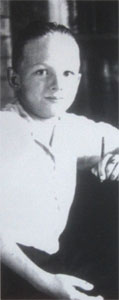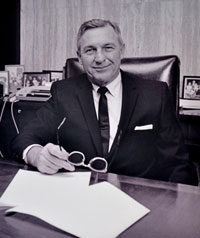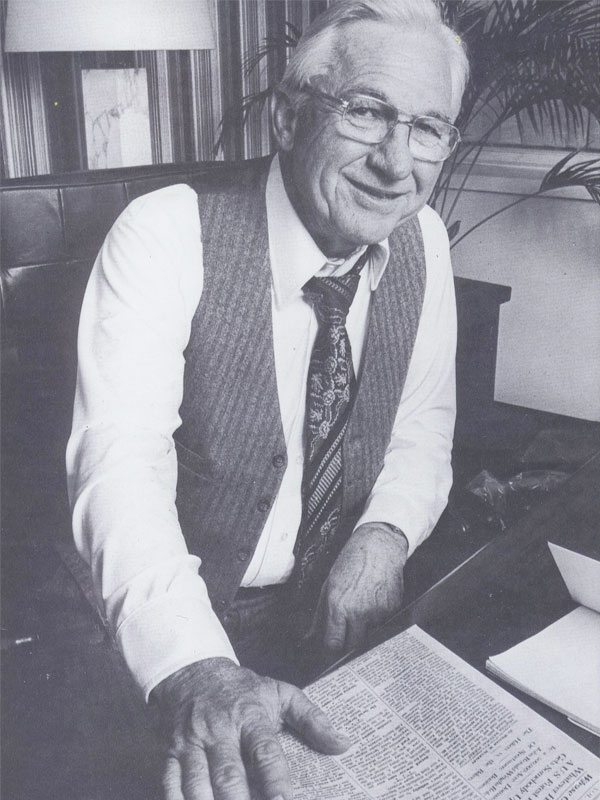
Biography
Morris Hite was born in Oklahoma in 1910. His grandparents taught him to work hard and value both formal and informal education. Even as a youth, Hite was a motivated and talented salesman, selling his family’s milk and home-grown fruit door to door. He left home at 15 to work as a cartoonist in a work-study program sponsored by Eugene Arnett. During this period, he studied issues of Printer’s Ink magazine and decided he wanted a career in advertising.
Early Life
In 1927, he landed his first job in advertising and promotions: He became a movie promoter with Griffith Amusement. He sold tickets, passed out handbills, collected merchandise to be given away and even arranged a publicity stunt or two. From this beginning, he worked for several other advertising agencies until starting his own agency at age 19.
Hite moved to Dallas and joined the Tracy-Locke-Dawson agency in 1937. He brought in new clients and helped existing clients grow their businesses. By the early 1940s, Hite had earned the No. 2 spot in the Dallas office. In 1942, he left to serve his country.
After serving in the U.S. Army in World War II, Hite rejoined Tracy-Locke. Wartime economics had weakened the agency, so his first priority was to reestablish relationships with his former clients. Hite also brought new business to the company and was named Tracy-Locke’s president when Ray Locke retired in 1950.


